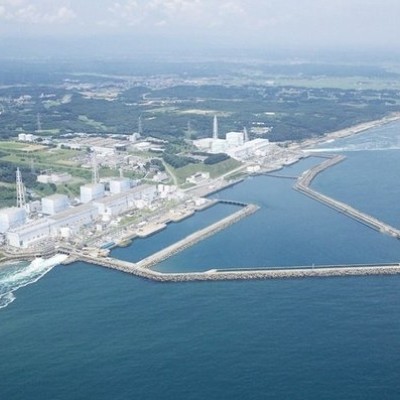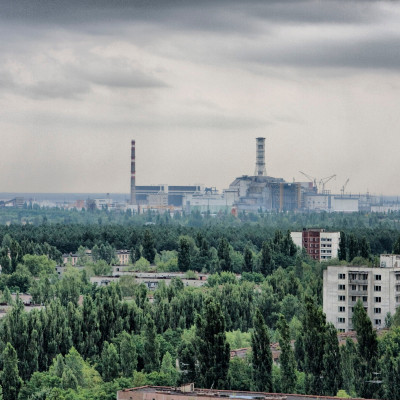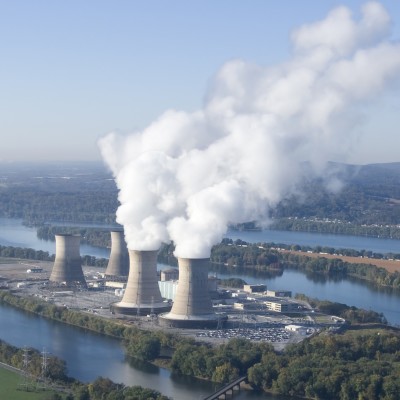Chernobyl
The Chernobyl Accident and Why It Can’t Happen at Barakah
The Chernobyl accident took place in Ukraine, which was at the time part of the Soviet Union. On 26 April 1986, Chernobyl Unit 4 was destroyed because of an improperly conducted test. As a direct result of the accident, 31 people died, while 135,000 people were evacuated from the surrounding area. The accident also resulted in the release of a large quantity of radioactive contamination.
What happened at Chernobyl?
The four Units at the Chernobyl nuclear plant were a Soviet-design RBMK reactor which was never built outside the USSR due to a lack of safety mechanisms that are considered standard in the rest of the world. On the night of the accident, the operators were carrying out an unauthorized test which resulted in an uncontrollable reaction inside the reactor. Managers ignored safety rules and regulations, while workers were afraid to raise concerns when they identified potential hazards.
This resulted in a steam explosion blowing the lid off the reactor and through the reactor building. The building caught fire and a large amount of radioactive contamination was released into the atmosphere.
The accident response was inadequate as the Soviet authorities refused to acknowledge that an explosion had actually taken place and radiation was being released into the atmosphere and the surrounding area.
How is Barakah different from Chernobyl?
The reactor design at Chernobyl was a very early version of the RBMK, and only exists in modern-day Russia and continues to operate with significant enhancements and modifications from the ones at Chernobyl.
In contrast, the reactor design selected for Barakah – the Korean APR1400 reactor – is one of the most modern reactor designs, meets the highest international safety standards and incorporates the latest technology to ensure its reliable and efficient operation. For example, the containment building, which Chernobyl did not have, is considered a vital component of reactor design and safety today and features on all modern plants, including Barakah. Also, the APR1400 has safety systems that cannot be overridden and prevent dangerous actions to be taken even if someone were to try. The reactor would automatically shut itself down if it were to fall outside of conservatively set parameters.
Additionally, the principles of a healthy nuclear safety culture, embedded safety procedures and robust independent regulation in the UAE, create a series of barriers preventing unauthorized maneuvers and tests like at Chernobyl. At ENEC and Nawah, safety is the overriding priority. The UAE’s national regulator, the Federal Authority for Nuclear Regulation (FANR), the International Atomic Energy Agency (IAEA) and the World Association of Nuclear Operators (WANO) provide independent regulation and oversight on a regular basis.
As a direct result of the Chernobyl accident, the World Association of Nuclear Operators (WANO) was formed in 1989. ENEC has been a member of WANO since 2010, and Nawah the operating and maintenance company for Barakah, became a member when it was established in 2016.
One of WANO’s founding objectives is communication and the sharing of operating experience to ensure that an event like Chernobyl does not take place again. WANO’s teams of experts continue to visit the Barakah plant on a regular basis and their endorsement is a key part of the approvals needed for the startup of any one of the Units at the Barakah plant.




